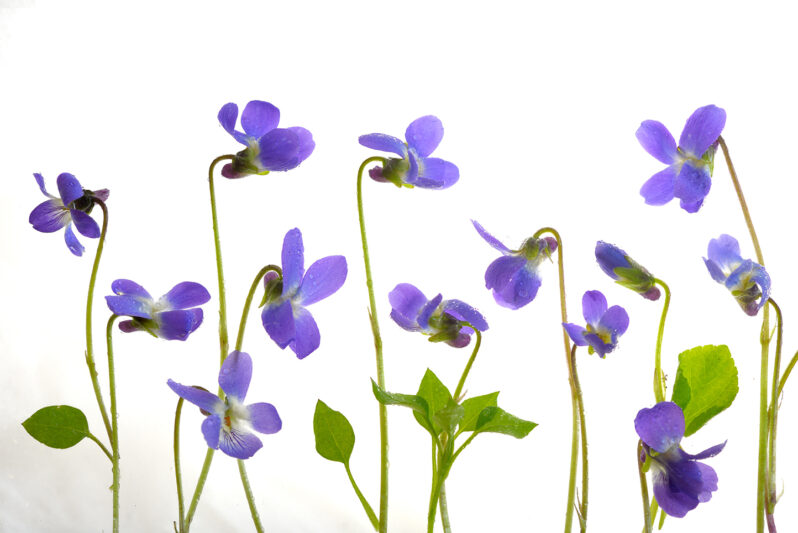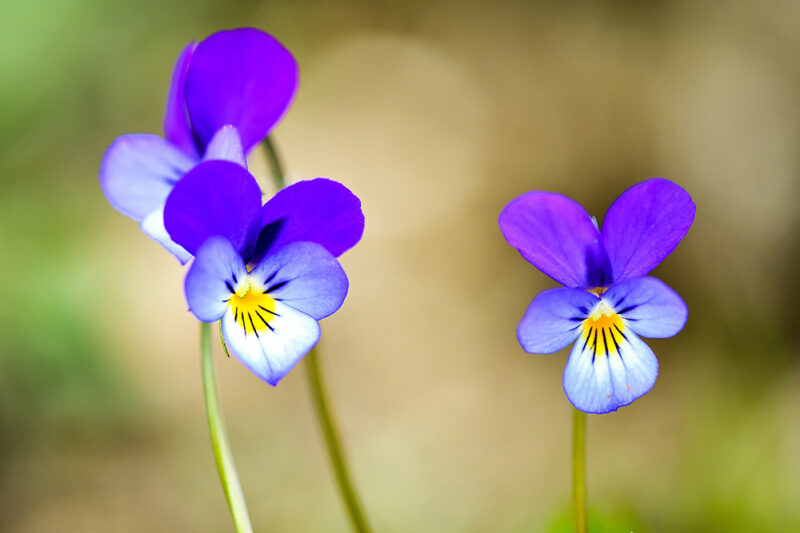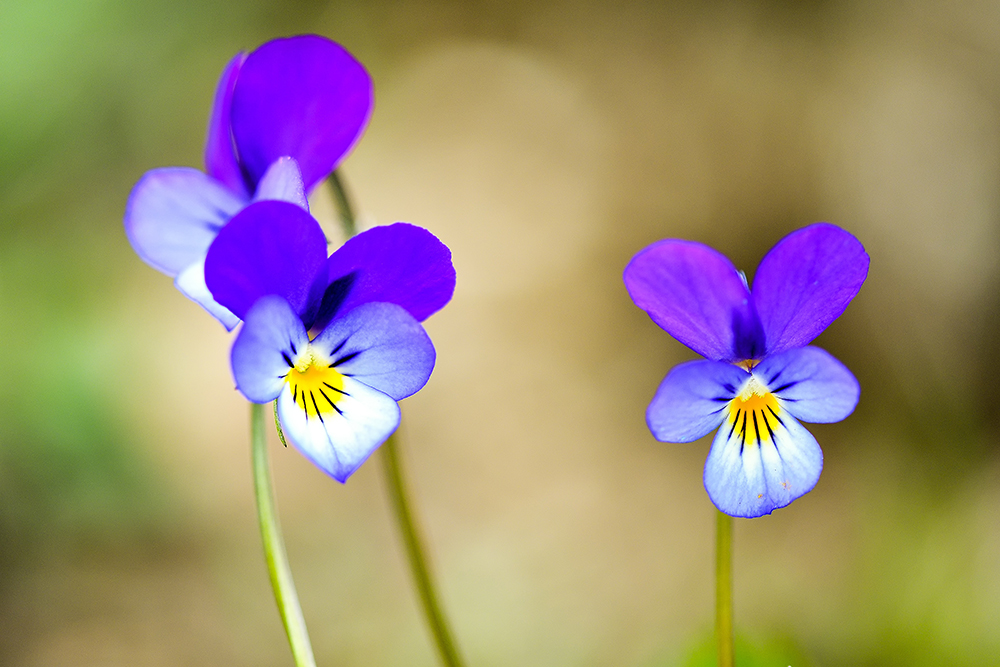Like Western medicine, Western herbalism today considers heat as inflammation with little differentiation in herbal treatment. Yet, heat is not the same as inflammation; rather, inflammation is a kind of heat confined to a specific area. Just treating inflammation with herbs will clear up any acute manifestation but not the underlying condition. Thus, there can be heat in the body with no inflammation. As well, there are different types of heat requiring different herbal properties and categories.
Traditional Chinese Medicine (TCM) categorizes herbs that clear heat to specifically address the type of heat that appears in the body. These five categories are:
- Herbs that clear heat and drain fire
- Herbs that clear heat and detoxify
- Herbs that clear heat and cool the Blood
- Herbs that clear damp heat
- Herbs that clear deficient heat
A sixth category could be added called, “Herbs that dispel Wind-Heat,” another type of heat in the body.
Learning herbs according to which type of heat they clear leads to a swifter and more accurate treatment approach. And that is what we want after all isn’t it? To help people heal and soon! Using the proper heat-clearing herb for each individual’s unique condition leads to better and faster results without any aggravation of an existing condition.
According to TCM, heat is a general condition of hyperactivity that arises as a result of a fundamental imbalance of yin and yang, or homeostasis (yin being the cooling and moistening substances of the body and yang being the warming, metabolizing aspects).
There are many causes of these different types of heat, the most obvious being a diet high in heating foods, but also emotional stress, over-working with insufficient rest, the body’s energy not flowing properly, environmental and dietary toxins, and external pathogenic factors can all cause different types of heat in the body.
In this and the following blogs, I will discuss each type of heat and some specific herbs that clear it.
Herbs that Clear Heat and Drain Fire
Herbs that drain Fire, the ‘true’ anti-inflammatories, are cold herbs with antipyretic, anti-inflammatory and antimicrobial properties. They treat acute high fever, severe thirst, sweating and eye problems due to invading heat. Moistening and cold in energy, they protect against the burning up of body fluids. Examples include gardenia fruit, phragmites rhizome (lu gen), self-heal flowering spike, pansy aerial portion, gypsum mineral (shi gao), borage flower and leaf, lotus plumule (lian zi xin) cinchona bark, sweet violet flowers, rhizome and leaf, anemarrhena rhizome (zhi mu), and the barks of white poplar and white willow.
Herbs that drain fire are largely antipyretic. They are the best herbs for acute high fever, particularly with accompanying severe thirst, sweating and a strong, flooding pulse. This condition occurs in many febrile diseases including encephalitis, meningitis and pneumonia, although they may also be used short term in those with Fire with no acute condition or fever. Herbs that drain fire are generally best for high fevers that burn up body fluids as many of these herbs have moistening properties and are coldest in nature.

Viola odorata flowers
Sweet Violet (Blue Violet) – Viola odorata
Energy and flavors: Slightly bitter (flowers); cool, sweet, bitter (leaf)
Organs and channels affected: Lung, Stomach, Liver, Heart
Chemical constituents: A glucoside, viola-quercetin, salicylic acid, alkaloids violin and odoratine, saponins; the flower contains irone (an aromatic compound) and blue pigment
Properties and actions: Antipyretic, alterative, expectorant, antiseptic; drains Fire, clears Heat toxins, cools the Blood, transforms Phlegm and stops coughing
Caution: With weakness and Cold in the Stomach and Spleen
Dosage and preparation: Decoction, 5-12g. Standard tincture (1:2 @75% ABV fresh; 1:5 @50% ABV dry).
Many folks grow sweet violet in their gardens or homes. A beautiful plant, it also has many medicinal uses. The flowers, leaves and rhizomes are all used to clear heat and drain fire. It is cool in energy and has a slightly bitter (flowers) to more strongly bitter (leaves) flavor. In general, the bitter flavor is cooling and drying. Combined with its cooling energy, this herb drains fire. Blue violet is used to treat headaches, earaches, chronic cough, bronchitis, asthma, and hypertension. It may also be used for tumors and other hard masses.
Sweet violet is similar in use to its near relative, heartsease (Viola tricolor), but is specific for softening hard lumps and counteracting cancer, especially of the mouth and throat, although topically it can be applied for skin cancer. It cools the Blood (another type of heat) and reduces swelling so it’s also used for swollen and inflamed lymph glands, mastitis, urinary pain, and as an eyewash for acute conjunctivitis.
Violet tea or gargle effectively treats colds, sore throat, lung inflammation, hoarseness, and whooping cough, in both children and adults. Sweet violet aids breathing difficulties when caused by a morbid accumulation of material in the stomach and bowels, indicated by gas, distention and pressure. Its cooling effect soothes headaches and heat in the head. It is healing to inflamed mucous surfaces and is a specific for ear disturbances.
Western herbalists make it into a syrup mixed with honey to treat sore throats and chronic coughs, bronchitis and asthma.
The flowers specifically lower blood pressure and in large doses are emetic.
Externally, a compress of crushed violet aids inflamed tumors, sore throat, swollen breasts, and headaches (applied to the back of the neck).
Several sources claim it allays pain in cancerous growths; some even say it will cure cancer, especially of the throat or tongue. For this, it is taken internally as a tea, or applied locally as a compress on cancerous growths.
The Chinese use the species Viola yedoensis (zi hau di ding) for deep-rooted sores, abscesses and red swellings, as well as red, swollen eyes, painful throat, mumps, and snakebite.

Wild pansy (Viola tricolor) flower
Pansy or Heartsease (Viola tricolor)
Energy and flavors: Cool, bitter, sweet
Organs and channels affected: Lung, Stomach, Liver, Heart
Chemical constituents: Saponins, salicylates
Properties and actions: Anodyne, demulcent, aperient, vulnerary, expectorant; drains Fire, calms Liver Yang rising, dispels Wind
Caution: In those with weakness and Cold in the Stomach and Spleen.
Dosage and preparation: Standard infusion. Standard tincture (1:2 @50% ABV fresh; 1:5 @50% ABV dry).
A different species, pansy has very similar uses to blue violet in draining Fire, although it doesn’t soften hard lumps and is a milder herb. The aerial portion may also be used for hypertension as well as it treats fever, dry throat and cough, skin eruptions in children, anxiety and nervousness, diarrhea, and urinary inflammation.
Contraindications for Heat-clearing Herbs
Heat-clearing herbs used as a sole strategy are contraindicated for those with coldness, deficient conditions, a slow, thin pulse, and pale tongue with a white coat. Either the patient will show no timely relief of the inflammation or may even become worse.

